
 Livestock
Livestock
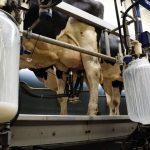
US detects avian flu in milk, says dairy supplies are safe
Samples of milk collected from sick cattle in Kansas and Texas tested positive for avian flu, but the nation's milk supply is safe, the U.S. Department of Agriculture said on Monday.

Shifting to the Sandhills calving system to cut scours in young beef calves
While it’s not for every operation, the Sandhills calving system can reduce diarrhea in young calves
Cow-calf producers across North America face wide-ranging challenges each calving season but scours and neonatal diarrhea often top the list. Various systems are used to help prevent what can become devastating losses when these pathogens gain a foothold. An established approach still growing in popularity is the Sandhills calving system, designed to separate newborns and […] Read more
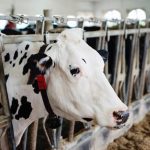
Dairy farmers urged to be on lookout for U.S. disease
Older, lactating cattle more likely to be severely impacted, effected farmers say
U.S. dairy producers are reporting high onset of and high morbidity from Texas Agalactiae Syndrome, with confirmed cases in Texas, Kansas and New Mexico. Lactating cows are considered particularly vulnerable.
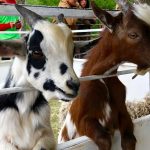
Minnesota goat confirmed infected with bird flu
NDSU advises keeping livestock separate from potentially-infected poultry
A juvenile goat in Minnesota has tested positive for highly pathogenic avian influenza (HPAI) in the first confirmed case of bird flu in U.S. livestock.

Protecting beef cattle from extreme heat and cold
Veterinary Case Study: 2023 was one of the warmest in memory, and climate change is only getting started
Sixty years with the cattle industry has created many stories for me — good, bad and funny. Veterinarians don’t get called to many good ones, but there are a few funny stories mixed in with the many tales chronicling sickness and dying. Fortunately, more animals respond to treatment and recover than not. Bills get paid. […] Read more

Veterinary association calls on federal government to address workforce shortage
National testing centre is needed to onboard internationally-trained vets, CVMA says
An organization representing Canadian veterinarians is calling for the federal government to intervene as it faces what it calls a severe workforce shortage.
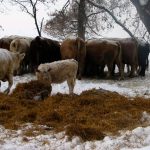
Assessing malnutrition in beef cows: Part 1
Vet Advice with Dr. Ron Clarke
I never cease to wonder why some producers starve cattle through the winter. Fortunately, they represent a very small percentage of producers, but their lack of care has a big effect on those who drive along the road and see starvation first-hand — downer and dead cattle left in plain sight, matts of hair on […] Read more
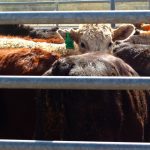
Klassen: Feeder market adjusts to lower supplies
Western Canadian prices for backgrounded replacements were $2 to $4 higher than last week. Lower flesh yearlings were valued $3 to $8 above week-ago levels. Prices for calves under 800 pounds were up $3 to $7 compared to seven days earlier with noted strength in feeders under 600 pounds.

How to spot respiratory acidosis in a newborn calf
Most beef producers know the frustration that accompanies dealing with the dreaded “dummy calf”. These calves will not suckle, won’t sit up or stand and stare blankly with what seems to be a lack of will and intelligence to survive despite your best efforts. This lack of coordinated movement is often due to respiratory acidosis. […] Read more
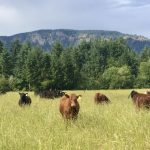
Cattle ranching on Vancouver Island
While the climate is milder than the Prairies, island producers must contend with a small land base, high land prices and the cost of ferries
Vancouver Island contains a variety of landscapes: beaches with shells and the corpses of moon jellyfish, the frigid water of the Pacific Ocean washing in and out. A rugged, snow-capped mountain range looms over the island. Redwood trees reach high into the sky, the forest floor sheltered and mossy. There are grasslands here, too, in […] Read more


 Livestock
Livestock
